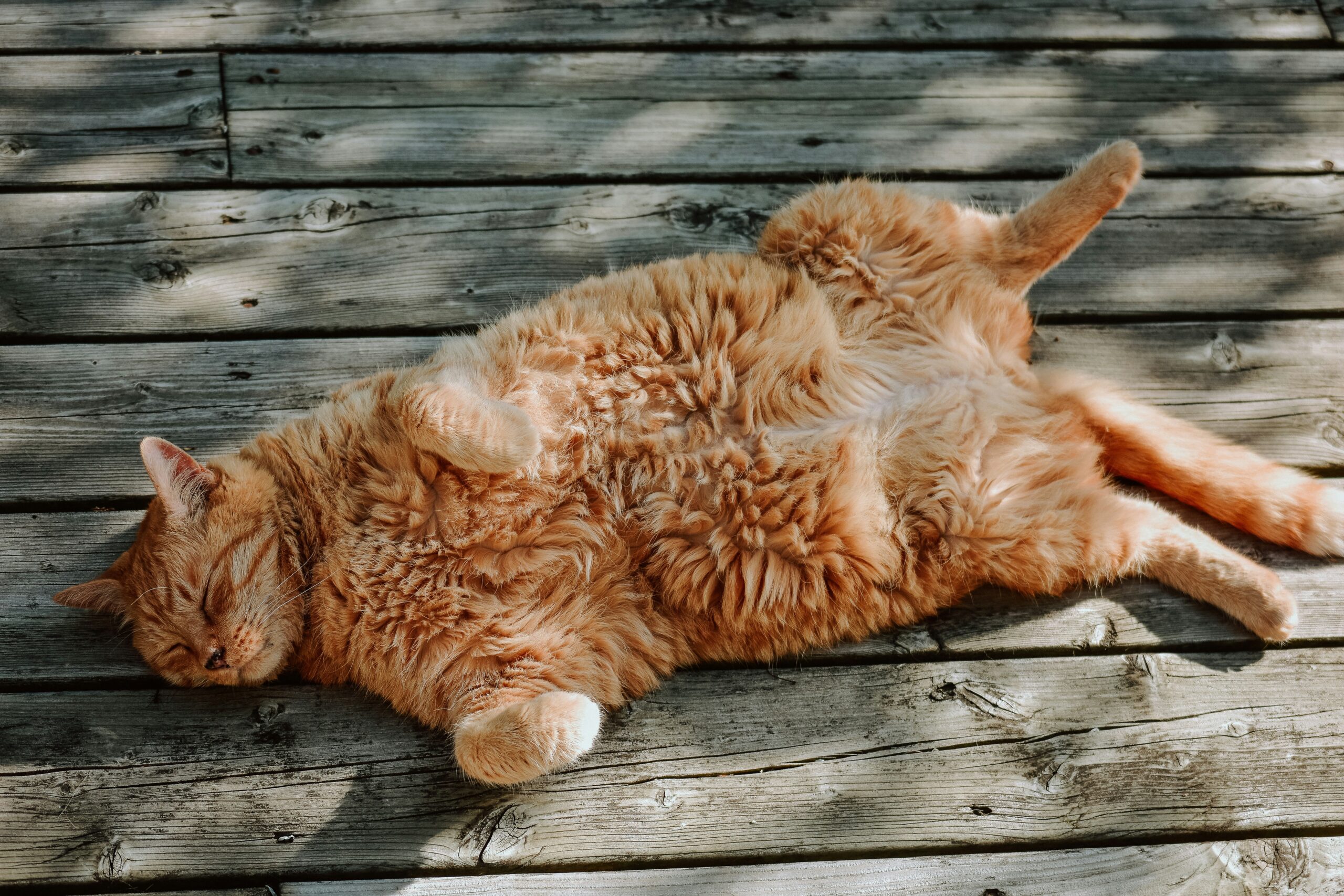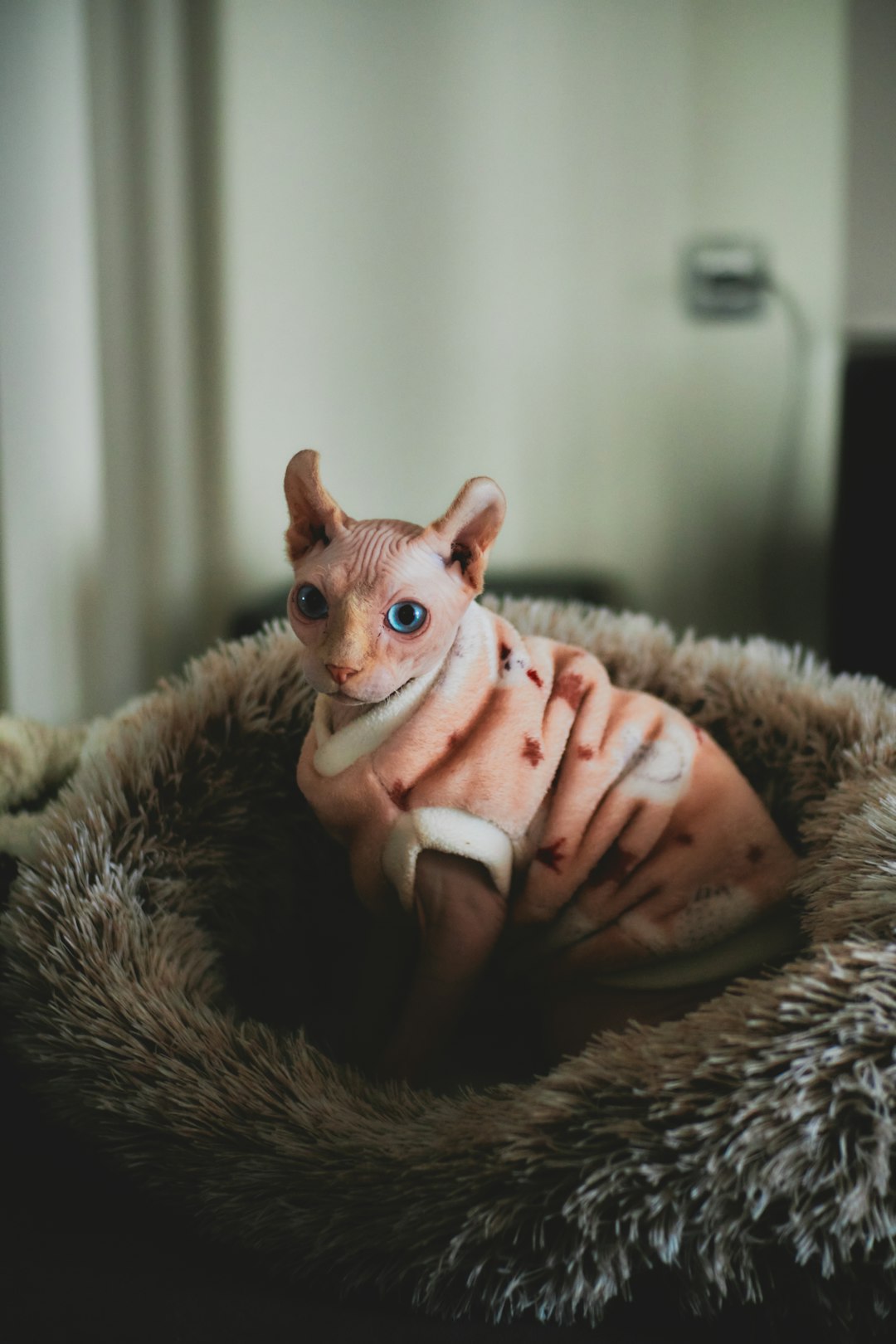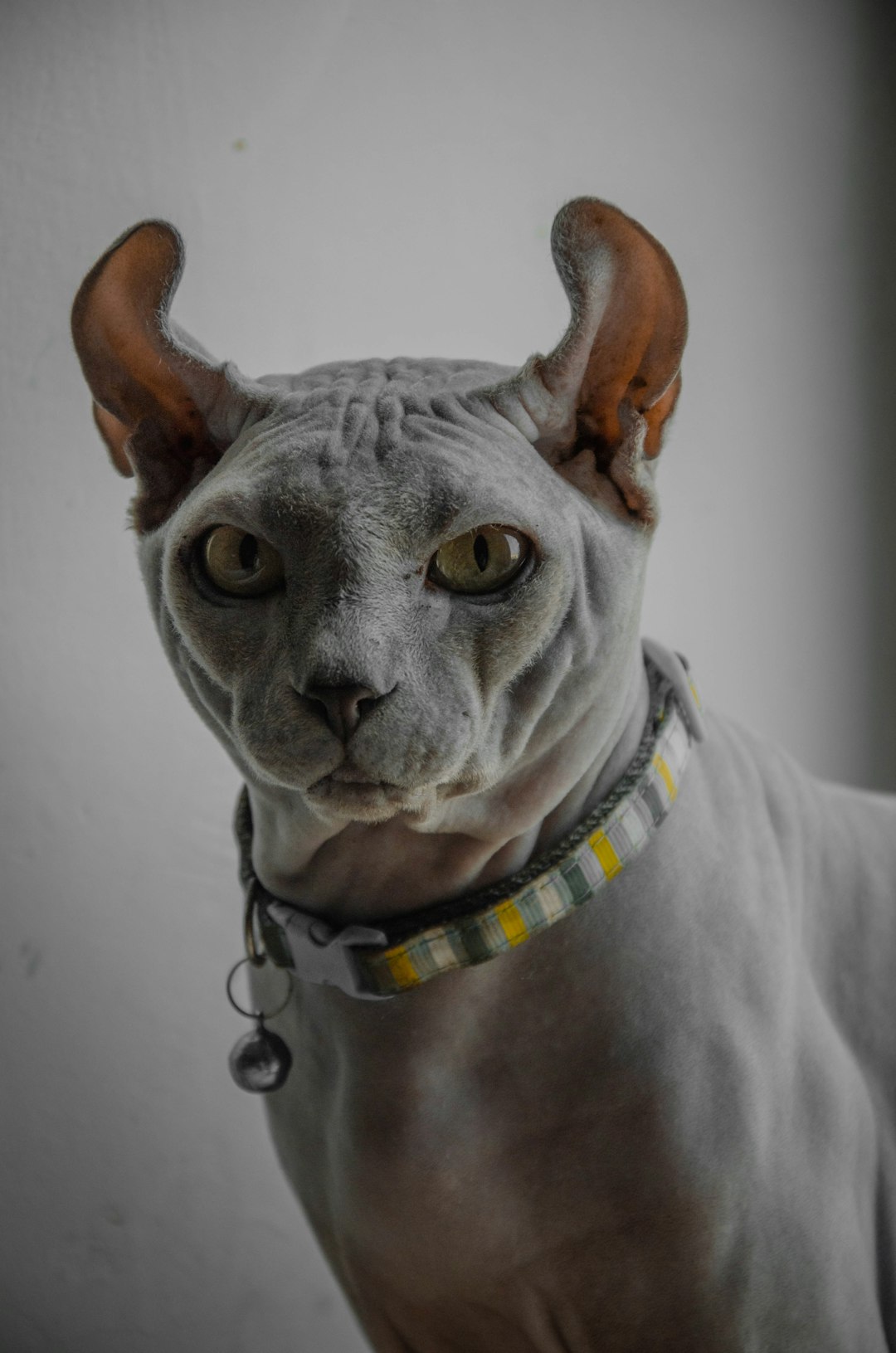Orange cats are some of the most beloved felines, known not only for their striking coats but also for their distinct personalities. Understanding orange cat behavior can help you appreciate their unique traits, which range from playful to affectionate. Many owners notice that orange cats often exhibit specific behavioral patterns that set them apart from other breeds. In this blog post, we will explore fascinating facts about their behavior, personality traits, and how genetics play a vital role in shaping these charming companions. Discover the magic of orange cats and what makes them so special.
General Characteristics of Orange Cats
Orange cats possess a unique charm that sets them apart from other felines. Their striking coat color, which can range from bright ginger to a deeper reddish hue, is just one aspect of their allure. Here are some general characteristics:
- Coat Patterns: Orange cats often display various patterns, such as tabby, which features stripes, swirls, or spots. Some may have solid coats, while others exhibit a mix of colors.
- Size and Build: Typically, orange cats possess a robust and muscular build. They often have a larger size compared to other cat breeds, but this can vary based on genetics and environment.
- Eyes: Their eye color can vary from gold to green, providing a captivating contrast against their orange fur.
- Personality Traits: Many cat enthusiasts suggest that orange cat behavior tends to be friendly and social. They are often perceived as affectionate, playful, and more vocal compared to other cats.
To summarize, orange cats are not just visually distinctive but also exhibit unique traits that contribute to their popularity. Understanding their defining characteristics can enhance your relationship with an orange cat and shed light on their intriguing behavior, such as how their friendly nature often leads to strong bonds with humans. Learning about these traits lays the groundwork for better care and social interaction, enriching the lives of both the cat and the owner.
Common Breeds of Orange Cats
When we think of orange cats, several breeds often come to mind, each displaying unique orange cat behavior and traits. Here’s a closer look at some of the most popular breeds:
1. Domestic Shorthair
- Description: Varied coat patterns and colors; orange tabbies are common.
- Behavior: Generally friendly and adaptable, they tend to form close bonds with their owners.
2. Maine Coon
- Description: One of the largest domesticated breeds; known for their tufted ears and bushy tails.
- Behavior: Social, intelligent, and playful; they often show dog-like behaviors, making them great companions.
3. Abyssinian
- Description: Short-haired breed with a distinctive ticked coat.
- Behavior: Energetic and curious; they thrive on interaction and enjoy engaging in play.
4. Persian
- Description: Long-haired breed known for their flat faces and affectionate nature.
- Behavior: Gentle and laid-back; they often seek affection and quiet companionship.
5. Scottish Fold
- Description: Notable for their unique folded ears and round faces.
- Behavior: Playful and sociable; they usually adapt well to families and other pets.
Comparison Table of Orange Cat Breeds
| Breed | Size | Activity Level | Affection Level |
|---|---|---|---|
| Domestic Shorthair | Medium | Moderate | High |
| Maine Coon | Large | High | High |
| Abyssinian | Medium | Very High | Moderate |
| Persian | Medium | Low | Very High |
| Scottish Fold | Medium | Moderate | High |
Understanding the common breeds of orange cats helps us appreciate their individual orange cat behavior and the variety among them. Each breed not only adds to the spectrum of feline appearances but also contributes to diverse behaviors and personality traits that can enrich our lives.
Understanding the Personality Traits of Orange Cats
When it comes to orange cat behavior, their personalities often exhibit distinct and charming traits. While each cat is unique, many orange cats share common personality characteristics. Here are some notable traits:
- Affectionate: Orange cats commonly display a loving nature, often seeking attention from their human companions. They are more likely to curl up on a lap or follow you around the house.
- Playful: A playful disposition is a hallmark of orange cat behavior. They enjoy engaging with toys, chasing after strings, and often show a kitten-like enthusiasm throughout their lives.
- Social: These felines tend to be social butterflies. Orange cats often thrive in multi-pet households and relish interacting with both humans and other animals.
- Curious: Their inquisitive nature drives them to explore new spaces and investigate their surroundings. This trait may lead them into quirky antics as they satisfy their curiosity.
Consider the following comparison table illustrating personality traits of orange cats against other cat colors:
| Personality Trait | Orange Cats | Other Colors |
|---|---|---|
| Affectionate | High | Moderate |
| Playful | High | Variable |
| Social | High | Moderate to Low |
| Curious | High | Moderate |
Ultimately, understanding these typical personality traits can enhance your experience with your orange cat. By recognizing their social and playful behavior, you can create a supportive environment that nurtures their natural inclinations.
Behavioral Patterns Unique to Orange Cats
Orange cats exhibit distinct behavioral patterns that often set them apart from other feline companions. Understanding these unique traits can help owners foster a positive environment for their cats. Here are some notable behaviors commonly associated with orange cat behavior:
- Playfulness: Orange cats tend to display a higher level of playfulness. They enjoy interactive toys and games, engaging in playful pouncing and chasing activities.
- Affectionate Nature: Many orange cats are known for their affectionate demeanor. They often seek out companionship, readily snuggling with their owners or curling up on their laps.
- Vocalization: A significant number of orange cats are quite vocal. Regularly, they express their needs or desires through meows, chirps, and even trills, making communication easier.
- Curiosity: These cats exhibit a strong sense of curiosity. They love exploring their surroundings, investigating new spaces, and often examining objects closely.
- Independent Yet Social: While they enjoy affection and human interaction, many orange cats also appreciate their alone time. They balance social needs with independent exploration and rest.
By recognizing these unique behavioral patterns, owners can enhance their relationship with their orange cats, ensuring both happiness and well-being. Understanding orange cat behavior can lead to a more fulfilling partnership that respects their individuality.
The Role of Genetics in Orange Cat Behavior
Genetics play a critical role in shaping the orange cat behavior we observe. Just as with humans, the hereditary traits passed down through generations influence personality, temperament, and even social interactions in these felines. Understanding this connection can enhance how we care for and appreciate our orange companions.
Here are some key genetic factors that affect orange cat behavior:
- Color Genetics: The orange coat color is tied to the O gene, which influences not only fur color but also some aspects of behavior. For instance, orange cats often display more outgoing and friendly behaviors compared to their counterparts of other colors.
- Breed Characteristics: Different breeds contribute to variations in orange cat behavior. For example:
Breed Common Traits Domestic Shorthair Playful and social Maine Coon Gentle giants, very friendly Abyssinian Highly active and curious - Inherited Behavior Traits: Some inherited traits might include:
- Affection Level: Many orange cats show high levels of affection towards humans.
- Social Skills: They often exhibit a friendly demeanor, making them excellent companions.
By recognizing the role of genetics in orange cat behavior, owners can tailor their care and training methods, ensuring a supportive environment that respects their cat’s unique nature.
Social Interactions of Orange Cats with Humans
Understanding orange cat behavior can significantly enhance your relationship with these charming felines. Known for their lively and affectionate demeanor, orange cats often exhibit unique social interactions with humans. Here’s what to expect:
- Affectionate Nature: Orange cats tend to be more sociable and enjoy bonding with their human companions. They frequently seek cuddling and physical affection, displaying their love through gentle purring and head-butting.
- Playfulness: These cats are naturally playful, often engaging in interactive playtime. They might initiate games like fetch or climbing, reflecting their desire for companionship.
- Vocal Communication: Unlike some breeds, orange cats are known for their vocal tendencies. They may meow, chirp, or even “talk” as a way to bond and communicate their needs or desires.
- Curiosity: Orange cats frequently display curiosity about their surroundings, which helps them form strong connections with their human families. They often follow their owners around, keen to explore everything together.
Comparison of Orange Cat Interaction Styles
| Aspect | Orange Cats | Other Cat Breeds |
|---|---|---|
| Affection Level | High | Variable |
| Playfulness | Very playful | Moderate to low |
| Vocalization | Frequent | Less vocal |
| Curiosity | High | Depends on the individual |
In summary, the orange cat behavior reflects a delightful blend of affection, playfulness, and curiosity, making them wonderful companions. Understanding these traits fosters stronger bonds and a happier household for both you and your orange feline friend.
Common Health Issues in Orange Cats
Orange cats, known for their vibrant coats and lively personalities, may also face certain health issues that owners should be aware of. Understanding these common conditions can help you provide better care for your feline friend.
Common Health Issues
- Obesity:
Orange cats tend to have a more laid-back disposition, which can lead to weight gain.- Risk Factors: Inactivity and overfeeding.
- Prevention: Ensure a balanced diet and regular playtime.
- Hypertrophic Cardiomyopathy (HCM):
This heart condition is prevalent across many breeds, including orange cats.- Symptoms: Lethargy, difficulty breathing.
- Management: Regular veterinary check-ups are crucial.
- Dental Issues:
Dental health can significantly impact overall well-being.- Signs: Bad breath, difficulty eating.
- Solutions: Regular teeth brushing and dental check-ups.
- Skin Conditions:
Orange cats may be prone to skin allergies or infections.- Symptoms: Excessive itching, hair loss.
- Treatment: Identifying allergens or infections through veterinary tests.
Summary Table of Common Health Issues
| Health Issue | Symptoms | Prevention/Management |
|---|---|---|
| Obesity | Weight gain | Balanced diet, exercise |
| Hypertrophic Cardiomyopathy | Lethargy, breathing issues | Regular vet visits |
| Dental Issues | Bad breath, difficulty eating | Teeth brushing, vet check-ups |
| Skin Conditions | Itching, hair loss | Allergy testing, topical treatments |
Being aware of these orange cat behaviors and health issues can lead to a healthier and happier life for your pet. Regular veterinary care and attentive observation of your cat’s condition play essential roles in maintaining their well-being.
Training and Enrichment for Orange Cats
Training and enrichment play vital roles in enhancing your orange cat’s happiness and overall well-being. Understanding orange cat behavior can help you tailor your training methods and activities to better fit their unique traits.
Key Strategies for Training Orange Cats:
- Positive Reinforcement: Reward your orange cat with treats or affection when they exhibit desirable behaviors. This method encourages repetition.
- Consistency is Crucial: Use the same commands and cues consistently to avoid confusing your cat. For example, always use the same word for “sit.”
- Short Sessions: Limit training sessions to 5-10 minutes, as longer sessions may overwhelm your cat.
Enrichment Activities:
- Interactive Toys: Provide toys that stimulate their hunting instincts, such as feather wands or laser pointers, which cater to their playful nature.
- Puzzle Feeders: These can challenge your orange cat and encourage mental stimulation, reducing stress and boredom.
- Cat Trees and Scratching Posts: Offer structures that allow them to climb, scratch, and explore, which is essential for their physical health.
Comparing Diverse Training and Enrichment Methods:
| Method | Benefits | Drawbacks |
|---|---|---|
| Positive Reinforcement | Builds trust and enhances bonding | Requires patience and time |
| Interactive Toys | Stimulates hunting instincts | Can be costly |
| Puzzle Feeders | Promotes mental engagement | May require time for training |
By understanding orange cat behavior and implementing these training methods and enrichment activities, you can nurture a well-adjusted, happy feline companion.
The Myths Surrounding Orange Cats
Orange cats, like any other feline, have been subject to various myths and misconceptions that can often distort their reputation. Understanding these myths is essential for anyone looking to appreciate the true nature of orange cat behavior. Here are some common myths debunked:
- Myth 1: All orange cats are male.
While orange tabby males are more common, females also exist. In fact, approximately one in five orange tabbies is female. - Myth 2: Orange cats are naturally aggressive.
This stereotype may stem from certain breeds like the Abyssinian or Bengal, but aggression is not solely dependent on color. Most orange cats exhibit friendly and affectionate behavior. - Myth 3: Orange cats are less intelligent.
Intelligence doesn’t correlate with coat color. Many orange cats display curious and clever traits, engaging in playful activities and problem-solving. - Myth 4: They are always laid-back.
While some orange cats do display calmness, orange cat behavior varies widely. Some are energetic and playful, while others prefer a more relaxed lifestyle.
Clarifying these myths can help potential owners understand the true personalities of orange cats. In conclusion, orange cat behavior encompasses a spectrum of traits, defying the oversimplified views surrounding their character.
Tips for Caring for Your Orange Cat
Caring for an orange cat requires a combination of attention, understanding, and love. To foster a happy and healthy environment, consider these essential tips that cater specifically to their playful and affectionate nature.
- Provide Enrichment: Orange cats tend to be curious and active. Enrich their lives with:
- Interactive toys
- Scratching posts
- Puzzle feeders
- Regular Playtime: Engage your orange cat in daily play sessions to benefit their physical and mental health. Use:
- Feather wands
- Laser pointers
- Balls that mimic prey
- Gentle Socialization: Orange cat behavior often includes a social, affectionate demeanor. Encourage interaction with:
- Family members
- Other pets (if introduced gradually)
- Visitors to enhance their social skills
- Routine Veterinary Care: Schedule regular check-ups to monitor health, as orange cats can be prone to certain conditions. Keep up with vaccinations and preventative treatments.
- Balanced Diet: Provide high-quality food to meet their nutritional needs and maintain a healthy weight. Consult your vet for recommendations based on your cat’s age, lifestyle, and health.
By understanding the specific traits associated with orange cat behavior, you can create an enriching environment that supports their natural instincts and personality. Remember, a happy cat will strengthen the bond between you and your furry companion.



